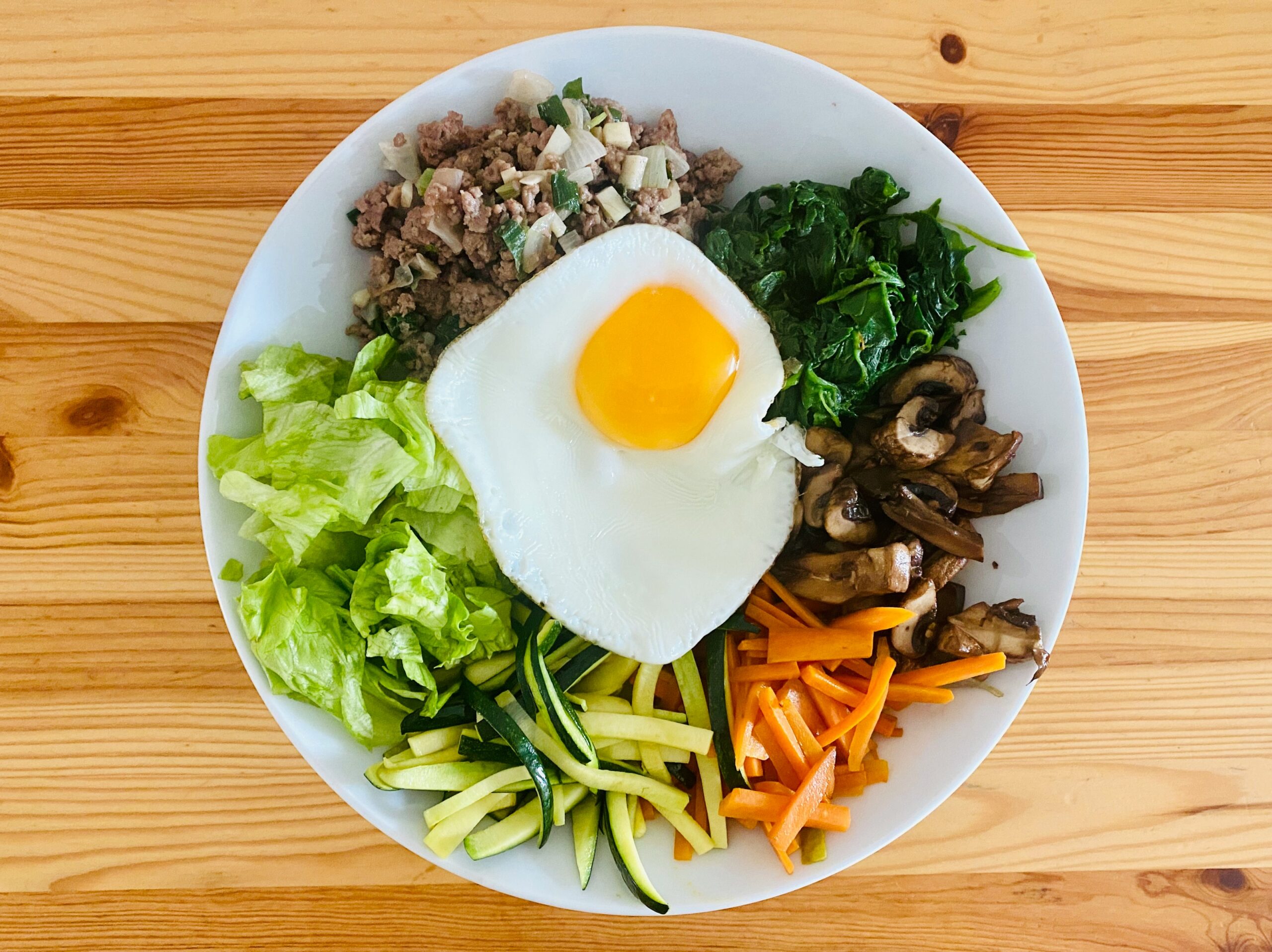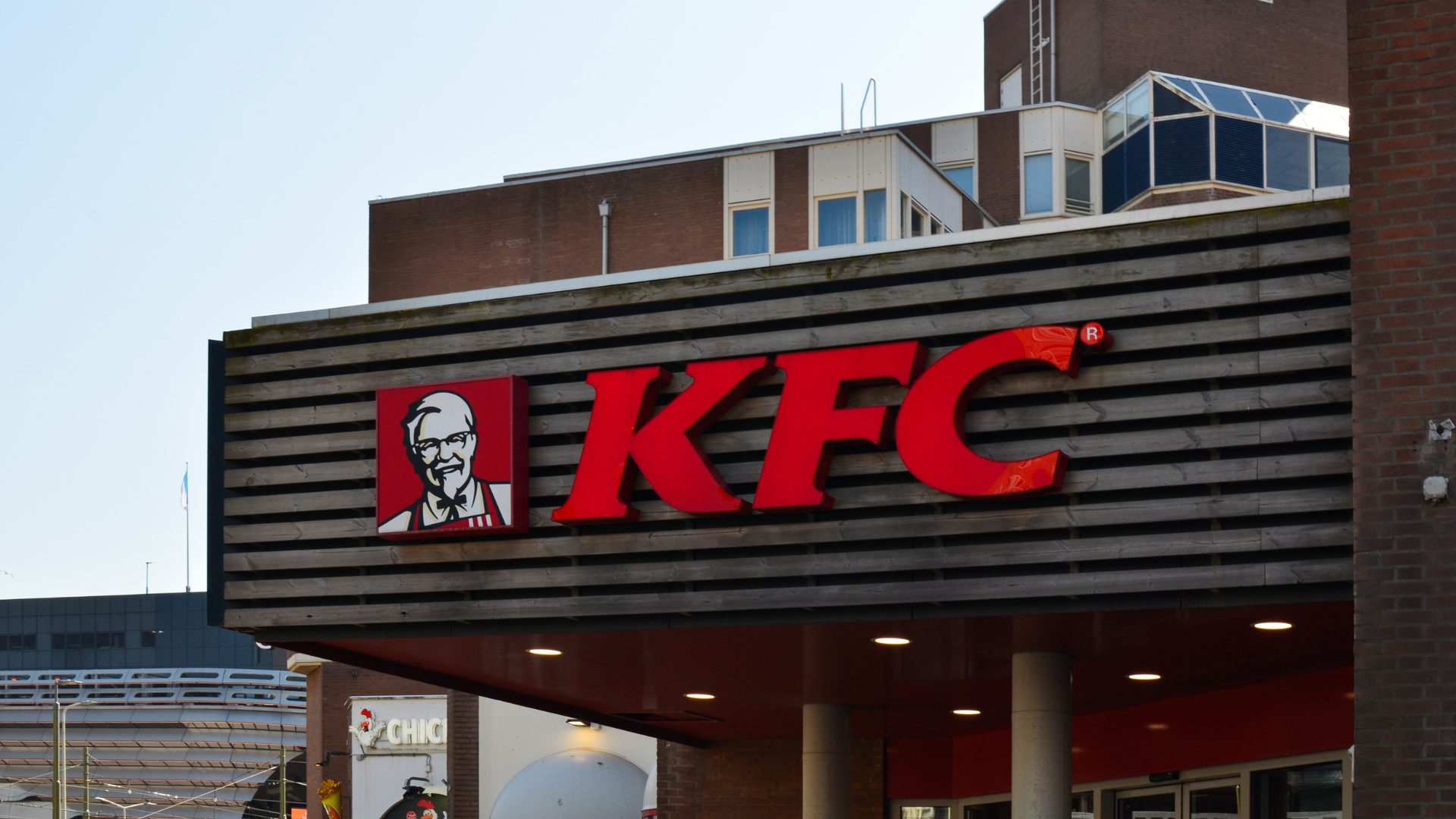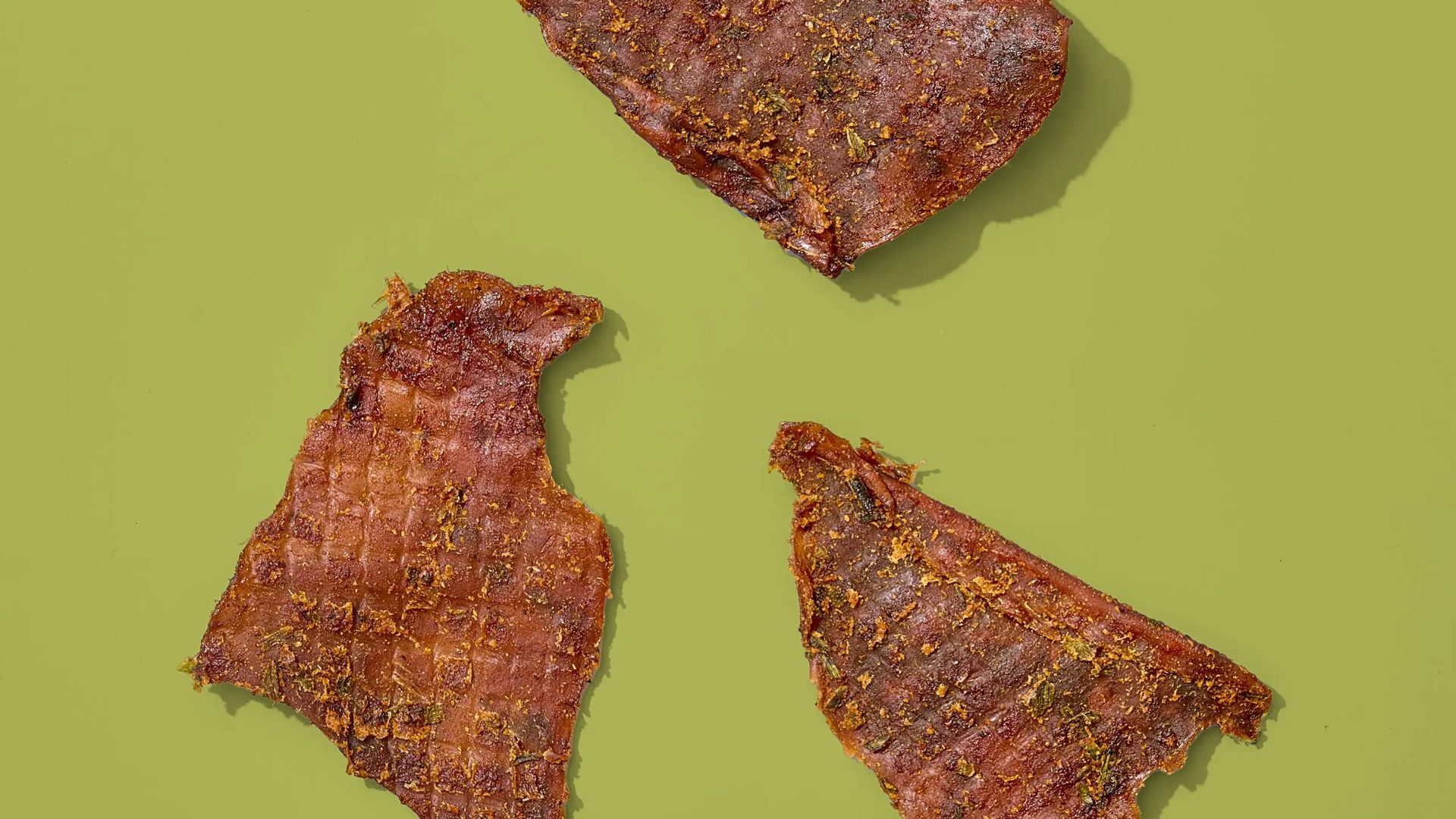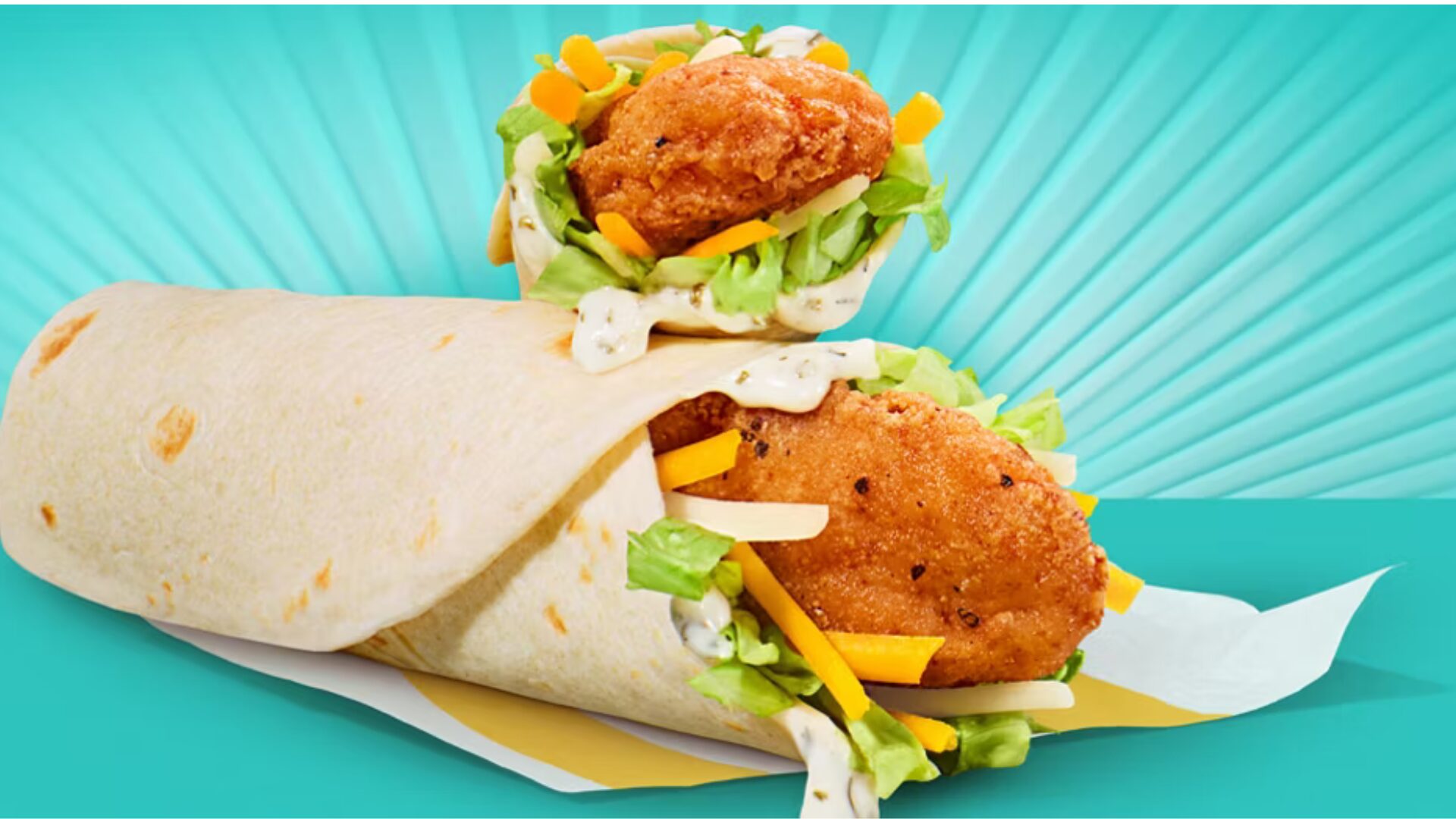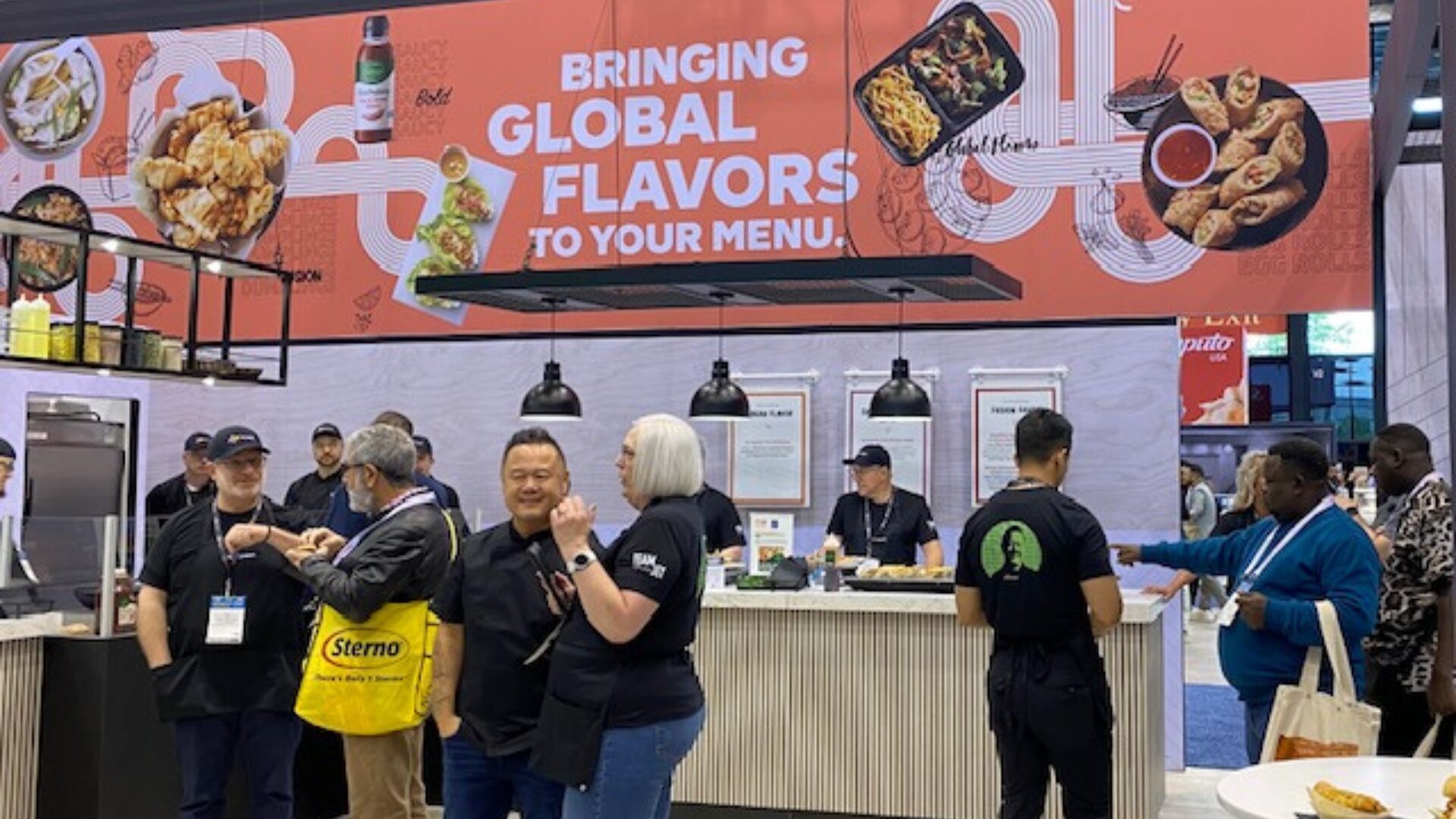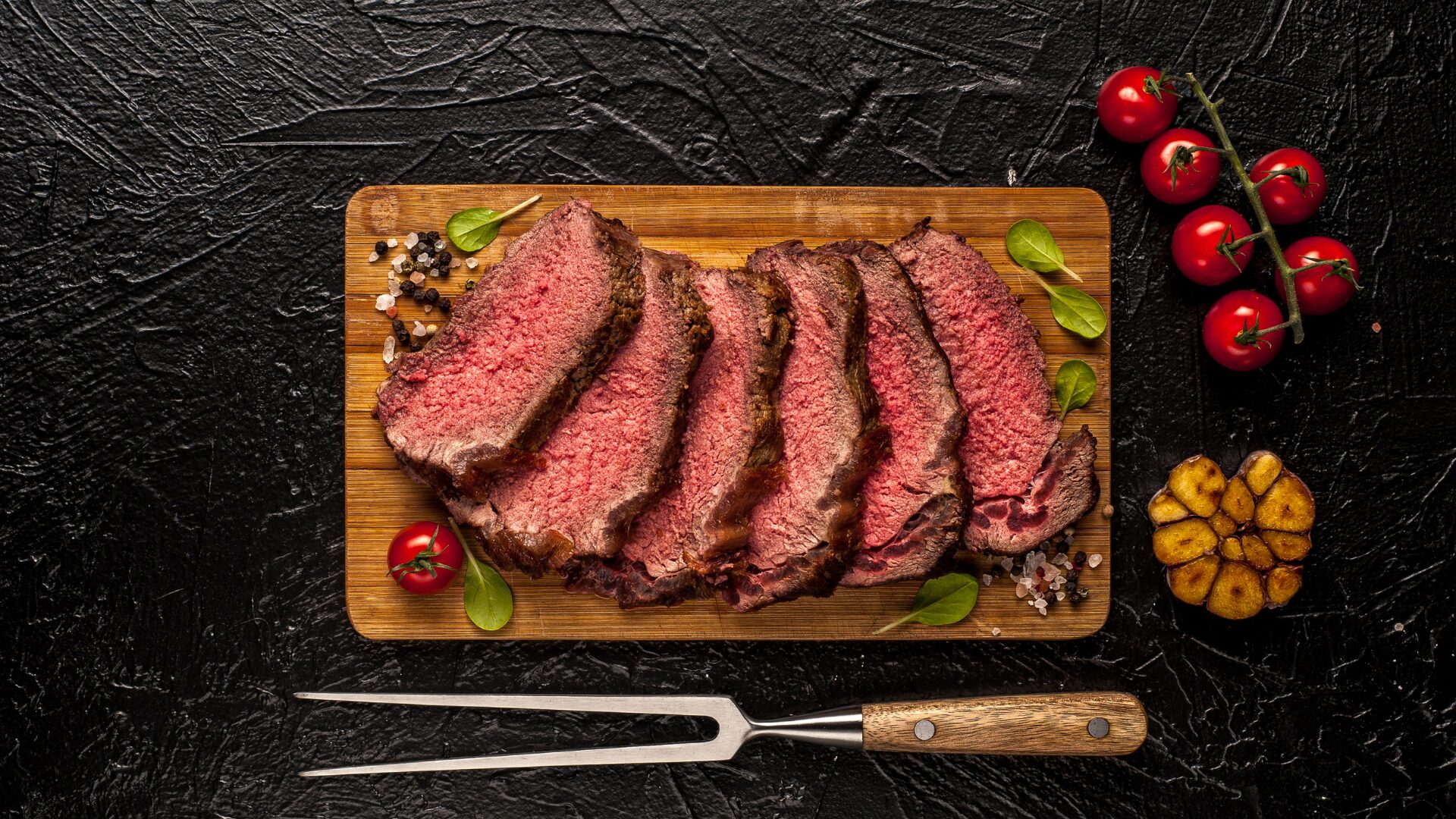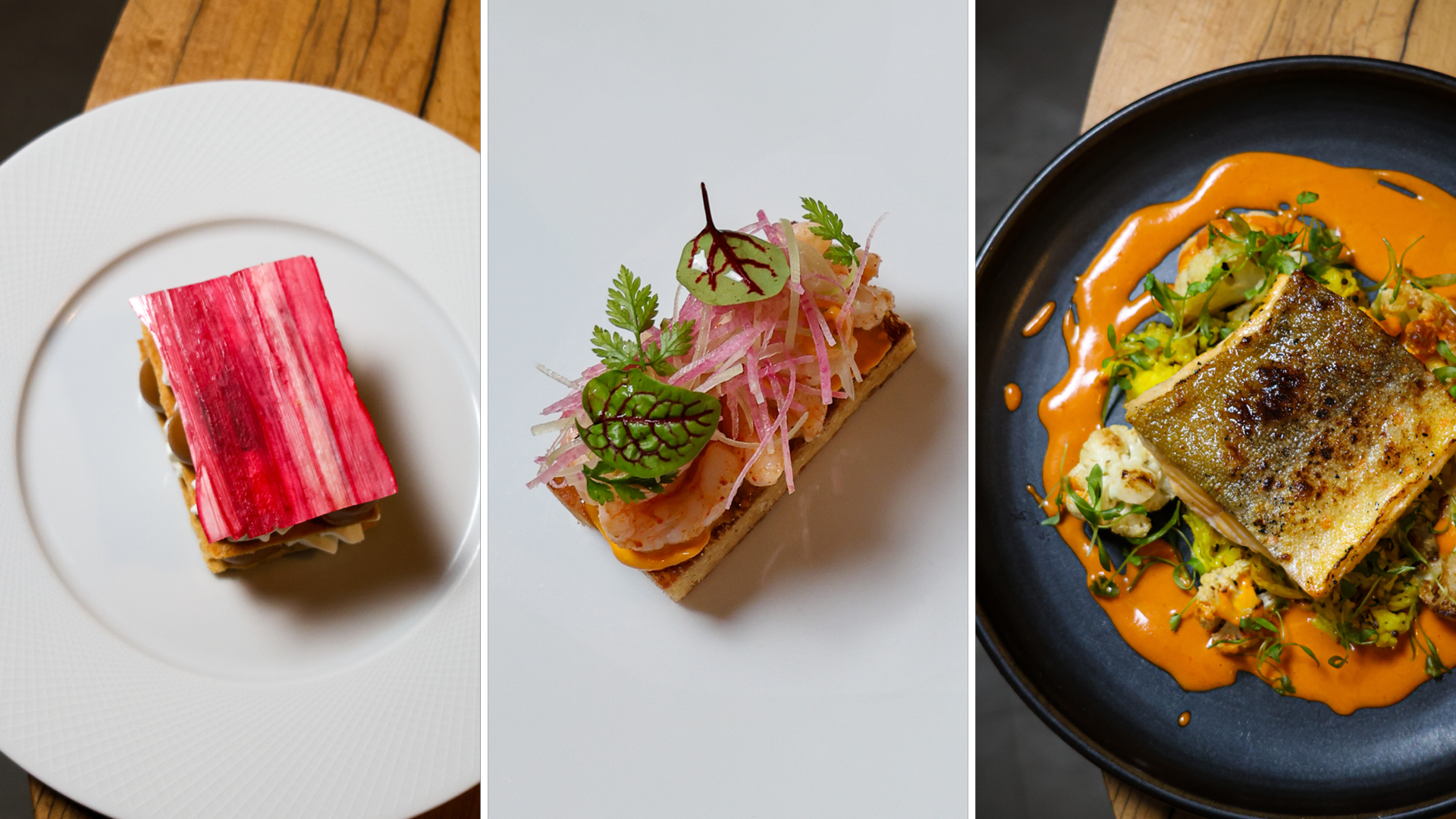Last summer, a local Korean restaurant named Bap and Chicken unexpectedly closed near my home. It featured vivid, crunchy bibimbap, a full bar of domestic and southeast Asian import beers, and anime and/or K-pop on 24/7, all the time, on its two flat screen TVs and pouring from the corner-mounted wooden speakers. The aesthetic was sizzling Korean flavors and aromas from the kitchen meets Danish mid-century mod architecture and furnishings in the dining room – the single long bar, spanning the length of the rectangular restaurant, was a huge slab of matte-finish teak or hardwood. All tables, square – all lines, clean. Space was emphasized over extra seating on the floor, too-stuffed bar stools at the bar (where I always sat), and other distracting foofaraw.
In other words, it was a great place to grab some crispy chicken wings, slather on the house gochujang sauce, and wonder about the world as neon anime streamed and K-pop bands pulsed with bright and driving K-pop tempos. There’s something comforting in not being terribly invested in what you see and what you hear when you’re there to eat.
Korean food is ascendant in America. In a recent article for the LA Times, Bill Addison, a restaurant critic, wrote, “I’d been reading one NYC food writer after another weighing in on the acceleration of a decade-long movement: Korean chefs had taken their native cuisine’s building blocks and, in the mold of Eurocentric grandeur, reconstructed flavors and presentations into elaborate tasting menus.”
Addison’s observation is 100% on the mark for what I had experienced at my local shop – a blending of cultures (much less cuisine) presented in unpretentious and often entertaining ways. According to Addison, that notion specific to South Korea is known as Hallyu, or “ ‘Korean wave,’ the global rise of South Korean culture’s popularity that encompasses K-pop, film, TV dramas, and video games.”
From BTS to Netflix’s Squid Game, Korean culture has permeated the United States and greater global culture these past several years:
- In 2023, Korean overtook Italian in Duolingo’s global language ranking, taking over #6 and is one of the top 10 studied languages in the world.
- South Korea has launched the “K-culture training visa” (a.k.a. the Hallyu visa), which will allow non-Koreans who register at performing arts academies (K-pop!) to stay in the country for up to two years.
- Coca-Cola released a limited-edition K-Wave, a “fruity fantasy” soda from its Coca-Cola Creations arm.
The Korea Daily recently reported that food and cuisine exports from South Korea reached a record high of $1.74 billion in 2023 and promising sales ahead for this year.
What Came First – The K-Chicken or the Hallyu?
Part of that export, expansion, and exposure is bb.q chicken, a 3,500+ site, 57-country Korean chicken franchise. For its part, bb.q here stands for “best of the best quality.” Celebrating its ascendance, the marketing team at bb.q has launched its first national ad campaign, which it named “How to Speak Korean…Fried Chicken,” designed to educate and entertain growing interest in the country, its culture, and its cuisine.
“In the realm of Korean cuisine, chicken has become a global standout, representing a significant facet of K-food culture worldwide,” said Andrew Lee, Senior Manager of Strategy and Marketing at bb.q, to TFI.
“Across the U.S., Korean-style chicken isn’t just another variation; it’s known as K-chicken, boasting distinctive flavors like spicy sauces and that irresistible ‘crispy outside, juicy inside’ texture.”
Gochujang sauce is also rising on menus and in the pantries of consumers across America. Gochujang is a spicy red paste made of Korean peppers and features in many bb.q items as well as other Korean restaurants and chains, including KFC, which just launched its Saucy Nuggets in five flavors – one of those flavors is Korean BBQ.
Zooming out, Korean cuisine has found a niche in today’s restaurant, retail, and grocery foodscape, whether standing alone as a global cultural beacon of cuisine or being reimagined with some of today’s food trends.
“In the hands of these Korean chefs,” Addison added in his article for LA Times, “homey soups, ssams, porridges, bibimbaps, and other traditional dishes transform into ornate geometries, often gilded with one or more of the codified quartet that signals Western luxury: caviar, truffles, Wagyu, and uni.”
According to an article from IESE Business School, 2021 was the year Korean food really went mainstream in the West.
“The K prefix is increasingly being applied to everything, not just pop and drama but beauty products and food (from pickled kimchi to bibimbap rice bowls)…with nearly 1 in 3 people surveyed worldwide saying Korean food was now very popular in their country.”
It was certainly popular near my old stomping grounds. And the restaurant that took over Bap and Chicken?
It was bb.q. New franchise owner Emily Krouse was motivated to keep the kitchen and site as a Korea-forward locus of cuisine and culture, as she was adopted from Korea, just like the previous Bap and Chicken owner/operator.
Jag-eun sesang (작은 세상). That’s Korean for “small world.”


